Cats are enigmatic creatures, known for their unique behaviors and distinct personalities. Among these quirks is their varied reaction to water. While some cats seem drawn to water, splashing and playing with delight, others evade it like the plague. Understanding why some cats love water while others avoid it can provide fascinating insights into feline psychology and behavior.
The Role of Ancestry and Evolution
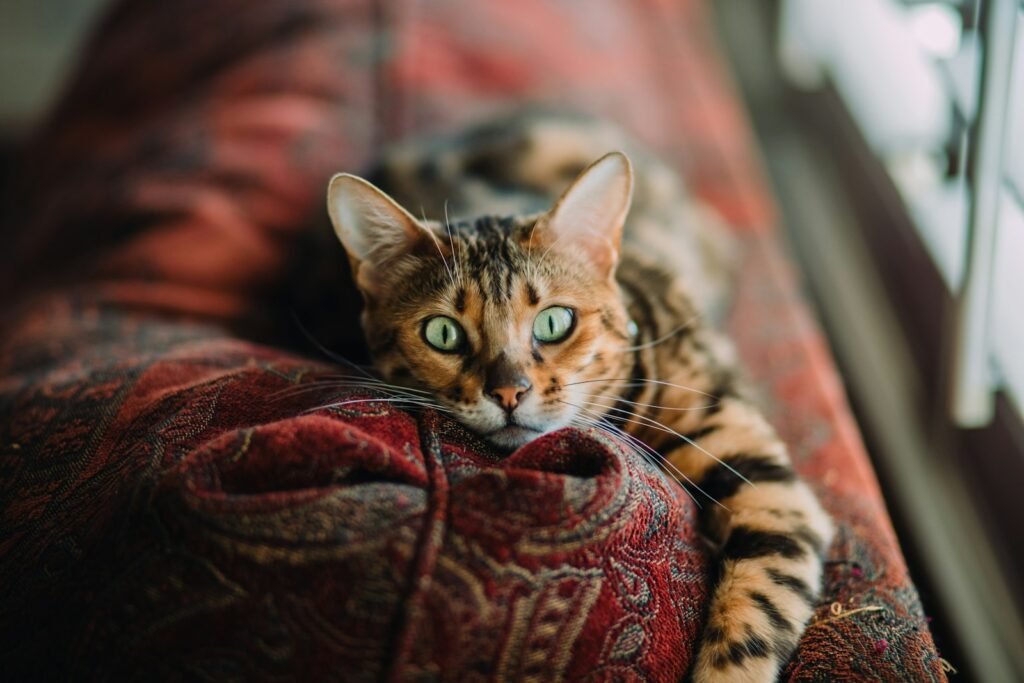
To understand a cat’s relationship with water, we must first consider their evolutionary background. Domestic cats are descendants of desert-dwelling ancestors, which means their species didn’t evolve in environments where swimming or playing in water was necessary. This lack of evolutionary exposure to water might contribute to modern-day cats’ general disdain for getting wet.
Individual Personality and Preferences

Just as with humans, individual cats have their unique preferences. Some cats are naturally more adventurous and curious, traits that might lead them to explore water without fear. This curiosity can enhance their comfort around water, resulting in playful interactions.
Breed-Specific Traits
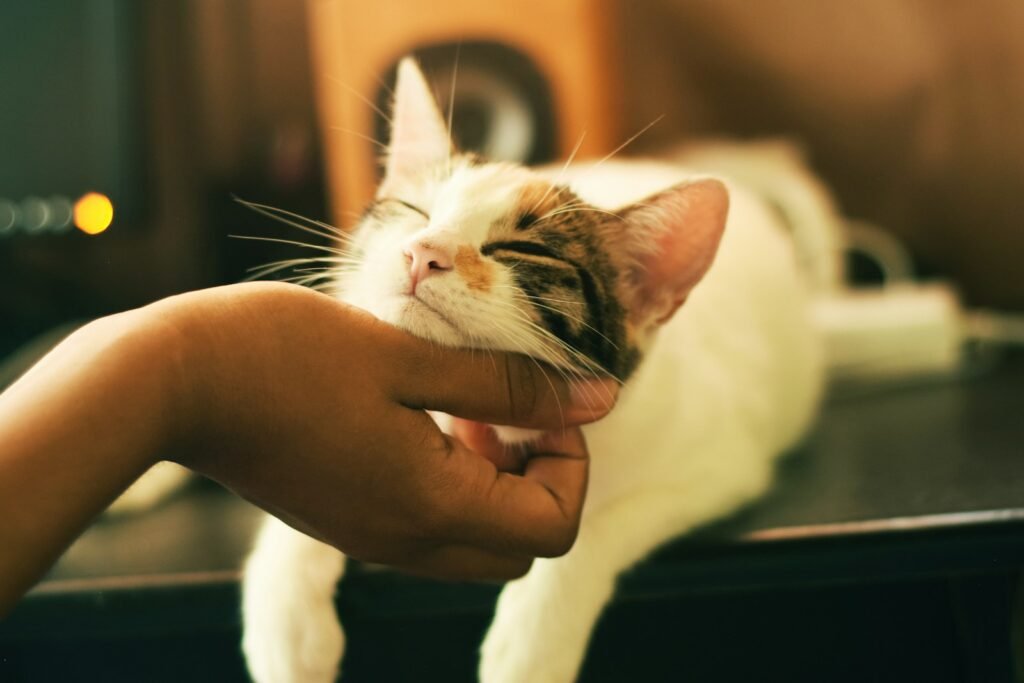
Certain cat breeds are known to have a penchant for water. For example, the Turkish Van is often dubbed the “swimming cat” because of its affinity for water. Breeds like the Maine Coon and the Bengal are also noted for their love of water, likely due to centuries of genetic adaptation.
Temperature Sensitivity and Water Resistance
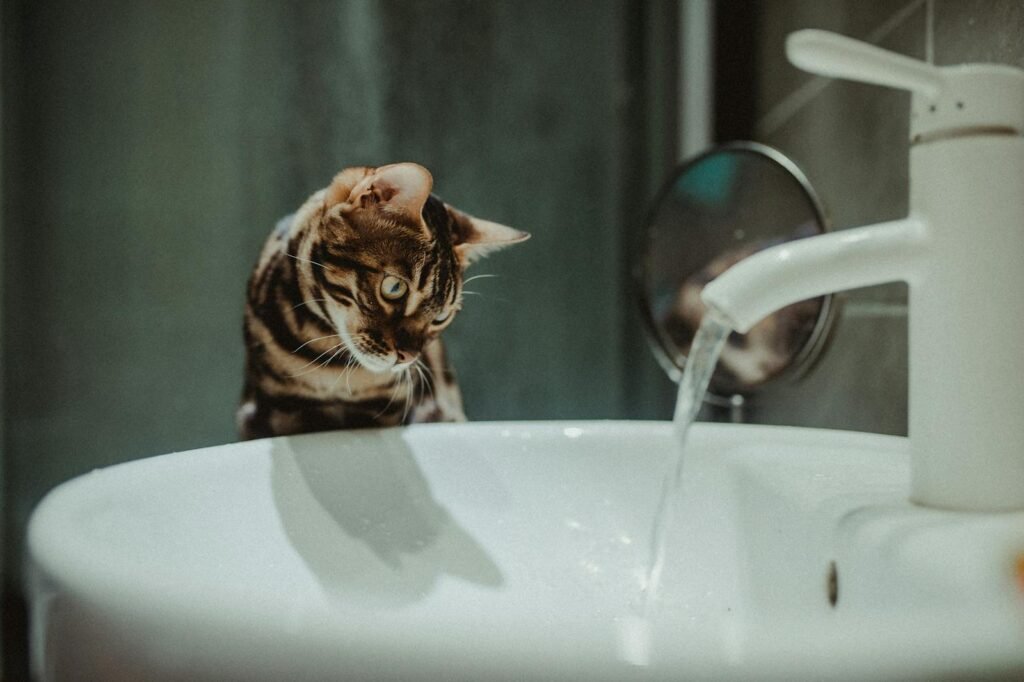
Cats are highly sensitive to temperature changes. Many cats that avoid water do so because being wet can lower their body temperature, making them uncomfortable. In contrast, those that enjoy water may have a coat that maintains insulation even when wet, or they simply may not be as sensitive to cold.
The Effect of Early Experiences
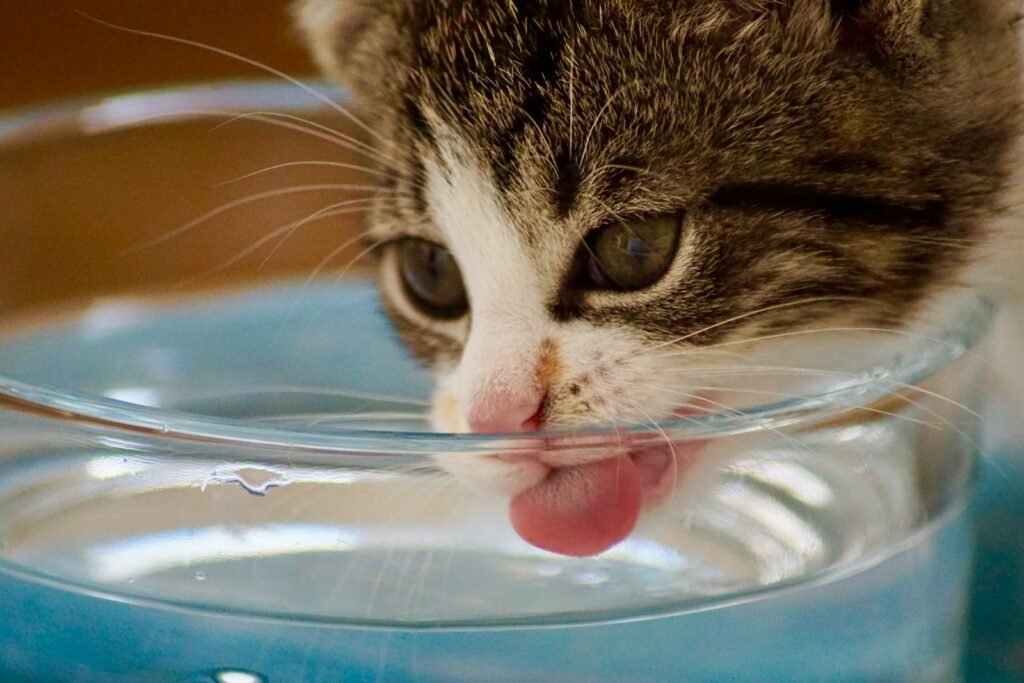
A cat’s early experiences with water can heavily influence their later behavior. Kittens that are introduced to water in a safe and playful context are more likely to grow accustomed to it and even enjoy it later in life. Negative encounters, on the contrary, can reinforce aversion.
Water as a Source of Enrichment

For some cats, water play serves as a form of environmental enrichment. Running faucets, bathtubs, or aquariums offer a dynamic and interesting source of stimulation that satisfies their natural curiosity and desire to explore.
Behavioral and Psychological Aspects
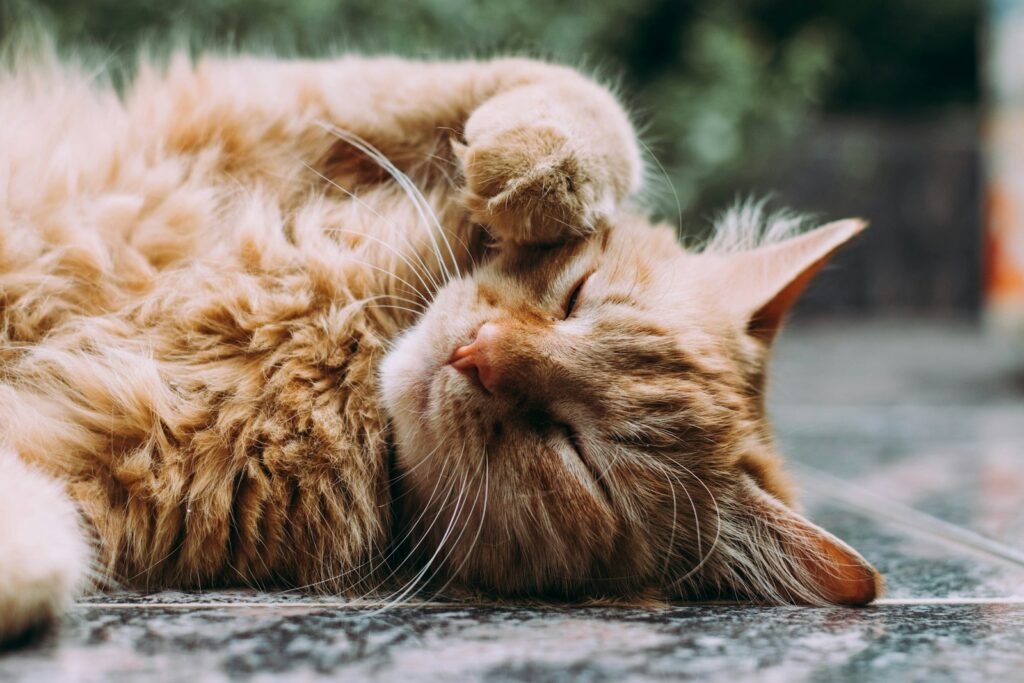
Water can sometimes play a role in addressing certain behavioral issues. For cats prone to boredom, anxiety, or obesity, interactive water play provides physical exercise and mental stimulation, helping them maintain a positive quality of life.
Health Considerations
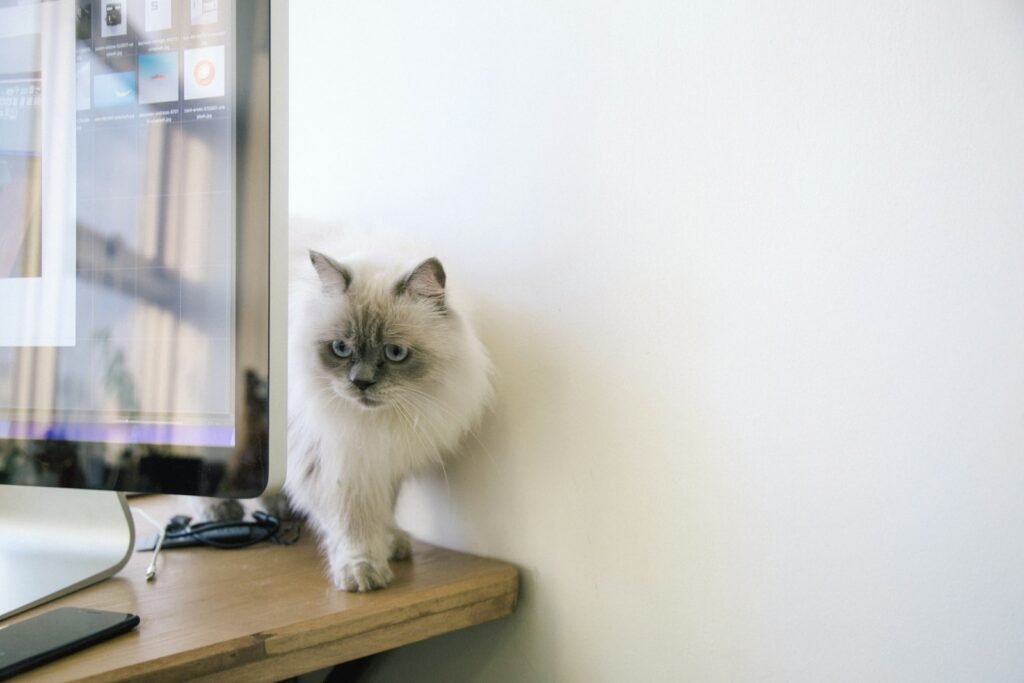
Cats that enjoy water might benefit from the cleanliness that comes from bathing, though it’s important to note that frequent baths are generally unnecessary for most cats due to their natural grooming habits. However, bathing might be advisable under specific circumstances, such as when cats are exposed to substances that could harm them if ingested through grooming.
Safety First: Introducing Your Cat to Water

If you’re interested in encouraging your cat’s curiosity about water, it’s crucial to prioritize safety. Start by introducing them to shallow water in a controlled environment, ensuring they have a way to exit the water easily. Gradually increase exposure, maintaining a positive and stress-free experience.
Conclusion: Embracing Feline Diversity
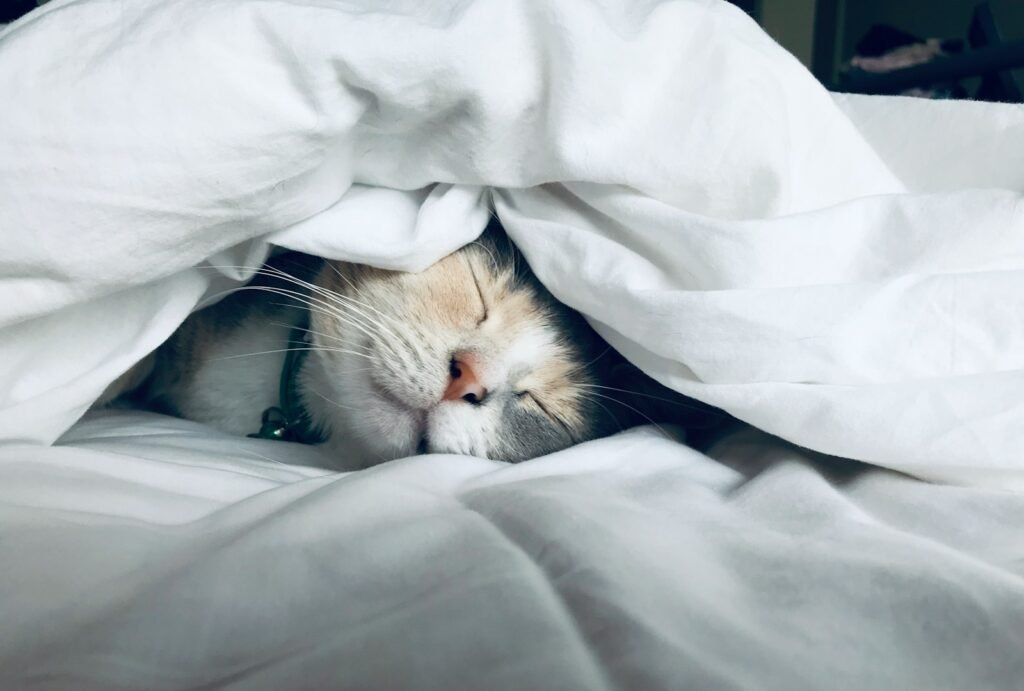
Understanding why some cats love water and others avoid it lies in a fascinating blend of biology, personality, and experience. By appreciating these differences and learning to work with them, cat owners can better meet the needs of their individual pets, ensuring healthy and happy lives.





